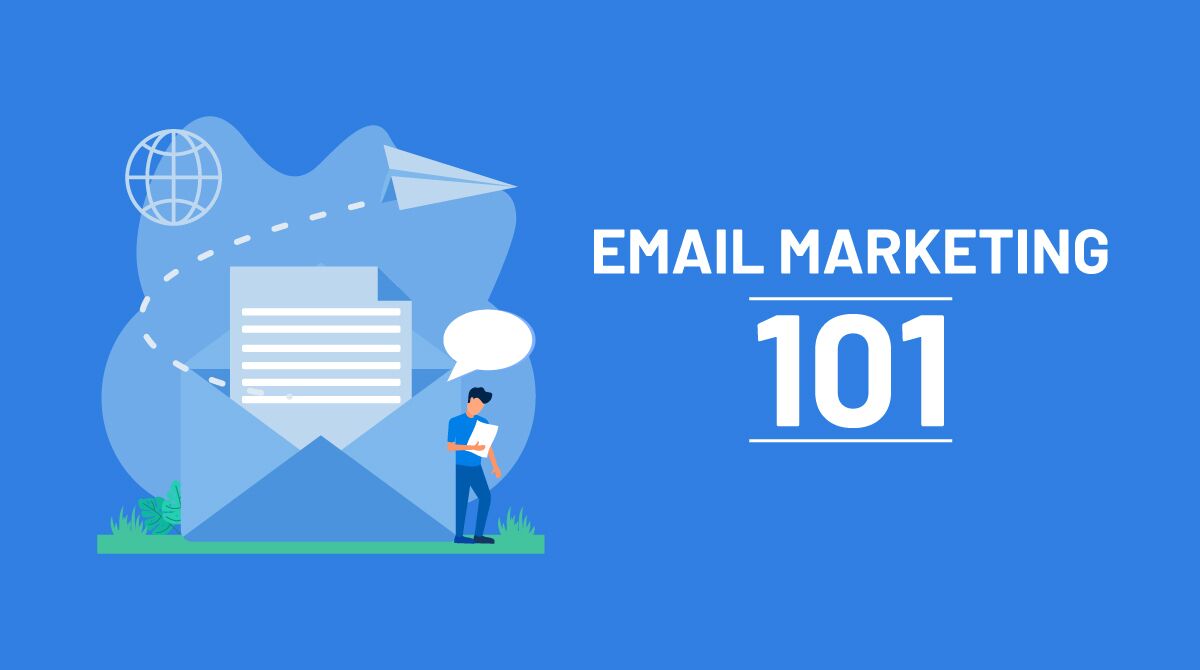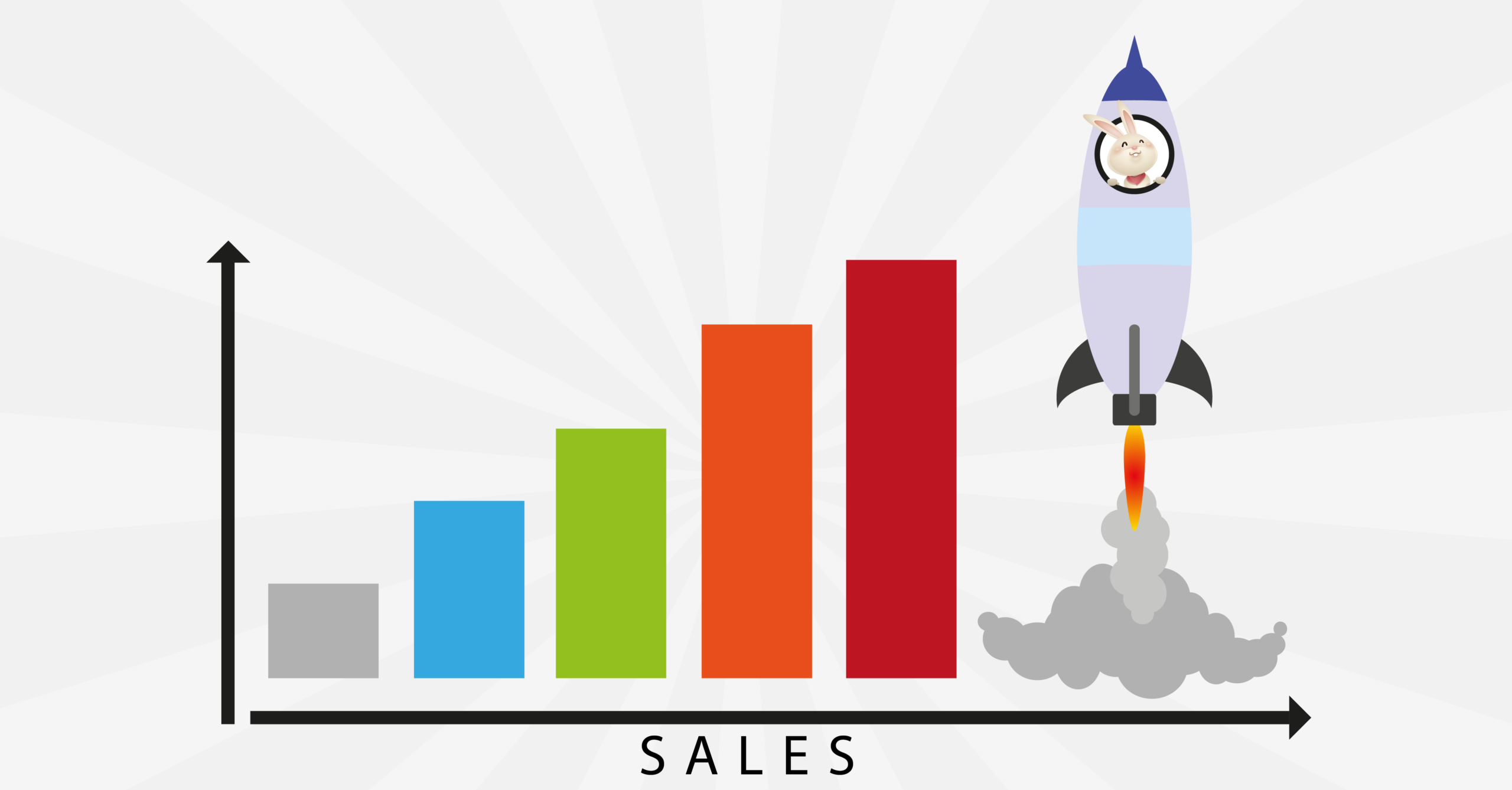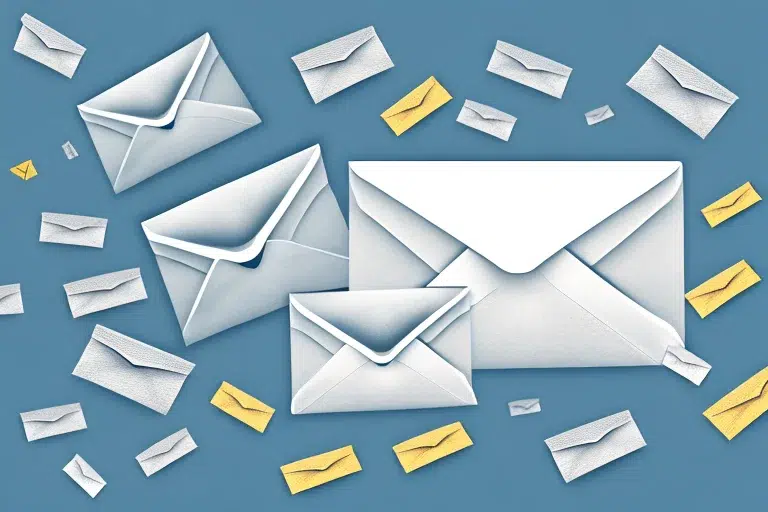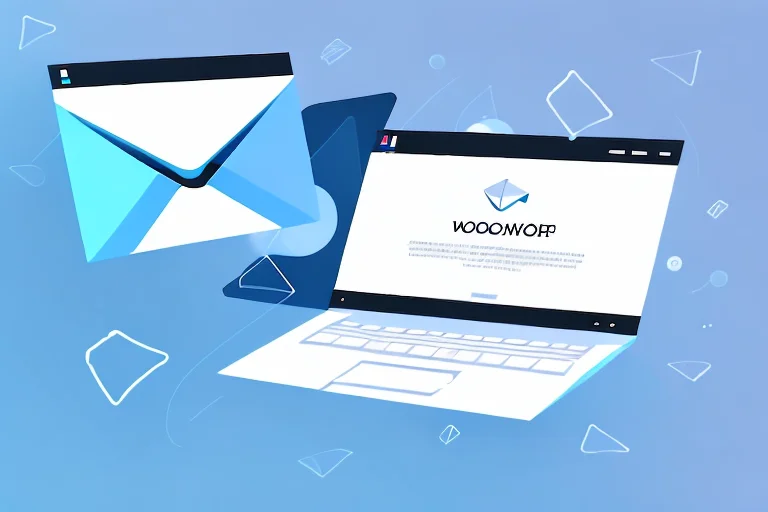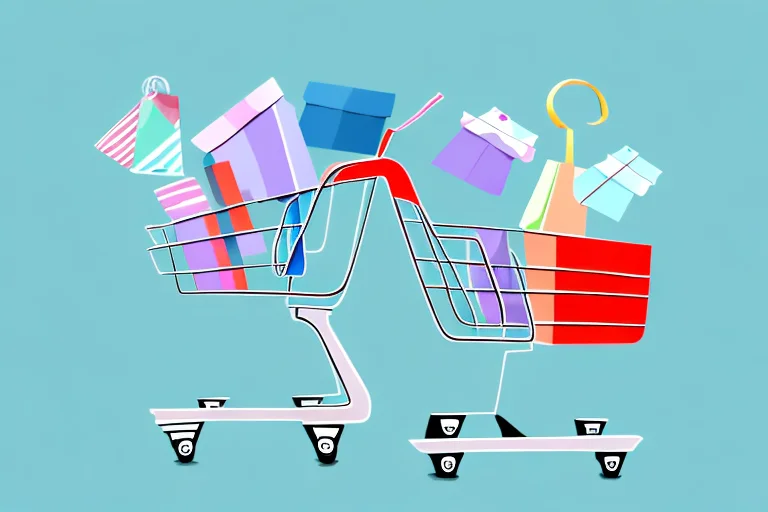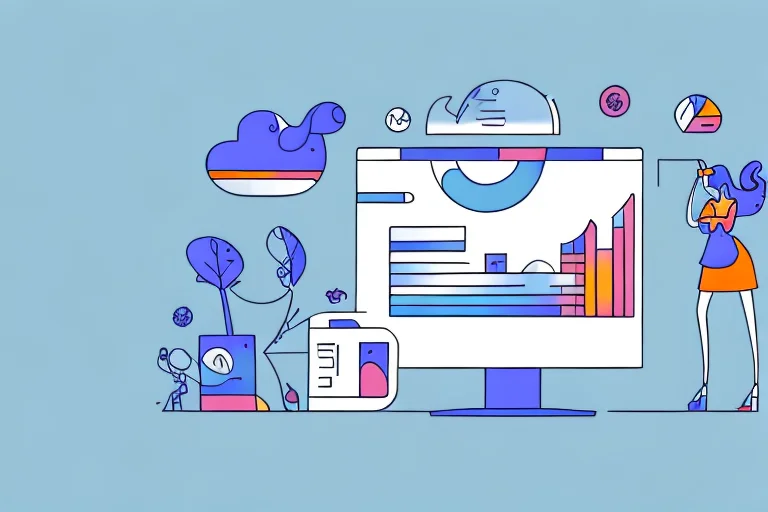In the world of e-commerce, email marketing has emerged as a powerful tool for businesses to connect with their customers and drive sales. For Shopify stores, in particular, email marketing can be the key to unlocking new opportunities and nurturing customer relationships. In this ultimate guide, we will explore the importance of email marketing for Shopify stores, dive into the strategies to set up and optimize your campaigns, and shed light on the legal aspects to ensure compliance. Let’s get started!
Understanding the Importance of Email Marketing
In today’s digital age, running a successful Shopify store requires more than just listing products and optimizing your website. With countless online stores vying for attention, it is crucial to establish a direct line of communication with your customers. This is where email marketing shines.
Email marketing allows you to reach your audience directly in their inboxes, providing personalized offers, updates, and relevant content. By leveraging the power of email, you can build brand loyalty and trust by consistently engaging with your customers.
One of the key advantages of email marketing is its ability to nurture relationships. By staying in touch with your customers through regular email communication, you can turn one-time buyers into repeat customers and advocates for your brand. By providing valuable content and exclusive offers, you can keep your customers engaged and encourage them to make repeat purchases.
Moreover, compared to other marketing channels, email marketing offers a greater return on investment (ROI) and can be a cost-effective way to increase sales. With the right email marketing strategy, you can drive traffic to your Shopify store and boost conversions without breaking the bank.
Why Email Marketing is Crucial for Shopify Stores
Email marketing plays a crucial role in the success of Shopify stores. It acts as a catalyst to drive traffic to your website, convert visitors into customers, and foster long-term relationships. By utilizing carefully crafted email campaigns, you can showcase new products, announce promotions, and even recover abandoned carts.
Imagine this scenario: a potential customer visits your Shopify store, adds items to their cart, but then leaves without completing the purchase. With email marketing, you can send automated cart recovery emails to remind them about their abandoned cart and offer incentives to complete the purchase. This simple yet effective strategy can help you recover lost sales and increase your revenue.
Additionally, email marketing allows you to personalize your messages based on customer behavior, demographics, and preferences. By segmenting your email list and tailoring your content accordingly, you can deliver targeted offers and recommendations to each customer. This level of personalization not only increases the chances of conversion but also enhances customer satisfaction.
Furthermore, email marketing provides a platform for building a community around your brand. By sending regular newsletters or updates, you can keep your customers informed about new products, industry trends, and exciting developments within your Shopify store. This helps to establish your brand as a trusted authority and keeps your customers engaged and excited about what you have to offer.
In conclusion, email marketing is a powerful tool for Shopify stores. It allows you to establish a direct line of communication with your customers, build brand loyalty, and increase sales. By leveraging the benefits of email marketing, you can take your Shopify store to new heights and create long-lasting relationships with your customers.
Setting Up Your Email Marketing Strategy
Setting up an effective email marketing strategy is essential for any Shopify store owner looking to maximize their reach and engage with their customers. While there are various aspects to consider, one of the first steps is choosing the right email marketing platform.
Choosing the Right Email Marketing Platform
When selecting an email marketing platform, it’s important to evaluate the available options and find one that aligns with your specific needs. Consider factors such as ease of use, email automation capabilities, list management features, and integrations with Shopify.
Look for platforms that offer responsive email templates, allowing you to create visually appealing and mobile-friendly emails. Additionally, the ability to track campaign performance through analytics is crucial for measuring the success of your email marketing efforts.
One approach to finding the best-fit platform is to take advantage of free trials offered by different providers. This allows you to test out the features and functionalities firsthand, ensuring that you make an informed decision based on your experience.
Building Your Email List: Best Practices
Building a strong and engaged email list is vital for the success of your email marketing campaigns. There are several best practices to follow when it comes to growing your email list.
One effective strategy is to capture the email addresses of your customers at various touchpoints on your Shopify store. This can be done during the checkout process or through the use of pop-up forms. By making it easy for visitors to subscribe, you increase the likelihood of them joining your email list.
Offering incentives can also be a powerful motivator for visitors to subscribe. Consider providing discounts, exclusive content, or access to special promotions in exchange for their email address. This value exchange not only encourages sign-ups but also sets the expectation of receiving valuable content in return.
It’s important to ensure that your opt-in form is visually appealing and clearly communicates the benefits of subscribing. Use compelling copy and design elements that catch the visitor’s attention and clearly convey the value they will receive by becoming a subscriber.
Lastly, always ask for permission and provide an easy way for subscribers to unsubscribe. Respecting your subscribers’ preferences not only helps you comply with email marketing regulations but also fosters a positive relationship built on trust and transparency.
Segmenting Your Email List for Better Results
Segmentation is a powerful technique that allows you to divide your email list into smaller, more targeted groups. By segmenting your list based on various criteria, such as demographics, past purchase behavior, or engagement history, you can deliver highly personalized and relevant content to your subscribers.
One example of effective segmentation is creating a segment of customers who haven’t made a purchase in the last six months. By identifying these inactive customers, you can send them a reactivation campaign with a special offer, incentivizing them to make a purchase and re-engage with your brand.
Segmentation also enables you to tailor your email campaigns to specific customer groups. This personalization increases the chances of engagement and conversions, as you can deliver content that resonates with each segment’s unique preferences and interests.
Remember to regularly review and update your segments based on changing customer behavior and preferences. By continuously refining your segments, you can ensure that your email marketing efforts remain targeted and effective.
Crafting Effective Email Campaigns
Designing Engaging Email Templates
The design of your email templates plays a crucial role in capturing your subscribers’ attention and compelling them to take action. Keep your designs clean, visually appealing, and consistent with your brand identity.
When it comes to designing engaging email templates, there are several key elements to consider. First and foremost, make sure to use eye-catching images that are relevant to your content. Images can help to grab your subscribers’ attention and make your emails more visually appealing.
In addition to images, clear call-to-action buttons are essential for driving conversions. Your call-to-action buttons should be easily distinguishable and stand out from the rest of the email. Consider using contrasting colors or bold fonts to make them visually prominent.
Another important aspect of designing engaging email templates is ensuring that your layout is responsive. With a significant percentage of subscribers opening emails on their smartphones, it’s crucial to optimize your emails for mobile devices. A responsive layout will adapt to different screen sizes, providing a seamless experience for your subscribers.
Writing Compelling Email Content
The content of your emails is equally important to drive engagement and conversions. Write compelling subject lines that entice subscribers to open the email. Personalize your content by using the recipient’s name and referencing their past purchases or browsing history.
When it comes to writing the body of your email, it’s important to keep it concise and focused. Highlight the key benefits and unique selling points of your products or offers to capture your subscribers’ interest. Remember, your subscribers are busy people, so make sure your content is easy to digest.
One effective technique for creating a connection with your subscribers is to use storytelling. By incorporating storytelling techniques into your email content, you can make your emails more relatable and engaging. Share success stories, customer testimonials, or even personal anecdotes to captivate your audience.
The Art of Creating Effective Call-to-Actions
Your call-to-action (CTA) buttons should be clear, visually prominent, and highly clickable. Use action-oriented language that compels subscribers to take the desired action, whether it’s making a purchase, signing up for an event, or visiting your website.
Experimenting with different CTA placements within your email can also have a significant impact on the success of your email campaigns. Consider placing your CTA above the fold, where it’s immediately visible to your subscribers. Alternatively, you can try repeating your CTA multiple times throughout the email to reinforce the desired action.
A/B testing is a valuable tool for analyzing the performance of your CTAs. By testing different variations of your CTAs, you can gather data on what resonates best with your audience and optimize your CTAs accordingly. This data-driven approach will help you maximize conversions and drive better results from your email campaigns.
Analyzing and Optimizing Your Email Marketing Efforts
Email marketing is a valuable tool for businesses to engage with their audience and drive conversions. However, simply sending out emails is not enough. To truly maximize the effectiveness of your email campaigns, it is crucial to analyze and optimize your efforts using key metrics.
Understanding Email Marketing Metrics
When it comes to email marketing, metrics play a vital role in evaluating the success of your campaigns. By tracking metrics such as open rate, click-through rate, conversion rate, and unsubscribe rate, you can gain valuable insights into the performance of your emails.
The open rate indicates the percentage of recipients who actually open your emails. A high open rate suggests that your subject lines and sender name are compelling and enticing. On the other hand, a low open rate may indicate that your subject lines need improvement or that your emails are not reaching the right audience.
Click-through rate (CTR) measures the percentage of recipients who click on links within your emails. This metric is a strong indicator of the engagement and interest generated by your content. A high CTR suggests that your emails are effectively driving recipients to take action, while a low CTR may indicate that your content or call-to-action (CTA) needs optimization.
Conversion rate measures the percentage of recipients who complete a desired action, such as making a purchase or signing up for a newsletter. This metric is the ultimate goal of your email campaigns and reflects the effectiveness of your messaging, design, and overall strategy. A high conversion rate indicates that your emails are successfully persuading recipients to take the desired action, while a low conversion rate may require adjustments to your email content or targeting.
Unsubscribe rate measures the percentage of recipients who choose to unsubscribe from your email list. While it is natural to have some unsubscribes, a high unsubscribe rate may indicate that your emails are not meeting the expectations of your subscribers. Analyzing this metric can help you identify areas for improvement and ensure that your emails are delivering value to your audience.
By continuously monitoring and analyzing these metrics, you can gain valuable insights into the effectiveness of your email campaigns and identify areas for improvement. This data-driven approach allows you to refine your email marketing strategies and achieve better results over time.
How to Improve Your Email Open and Click-Through Rates
Improving your email open and click-through rates requires a combination of experimentation and refinement. To capture the attention of your recipients and entice them to engage with your emails, consider implementing the following strategies:
1. Personalization: Tailor your emails to suit the individual preferences and interests of your recipients. Personalization can include addressing recipients by their name, segmenting your email list based on demographics or past behavior, and delivering targeted content that resonates with each recipient.
2. Urgency in subject lines: Create a sense of urgency in your subject lines to motivate recipients to open your emails immediately. Phrases like “Limited Time Offer” or “Last Chance” can create a sense of urgency and encourage immediate action.
3. Segmentation: Divide your email list into smaller segments based on various criteria such as demographics, past purchases, or engagement level. By sending targeted emails to specific segments, you can deliver more relevant content that is likely to resonate with each group, increasing the chances of opens and clicks.
4. Optimize preheader text: The preheader text appears next to the subject line in the email preview. Use this space wisely to provide a glimpse of what subscribers will find in your email. Craft a compelling and concise preheader text that encourages recipients to open the email and explore further.
5. Test different email timing and frequency: Experiment with different send times and frequencies to determine the optimal schedule that resonates with your audience. Some recipients may prefer receiving emails in the morning, while others may be more responsive in the evening. By testing and analyzing the results, you can identify the best timing and frequency for your email campaigns.
A/B Testing: The Key to Email Marketing Optimization
A/B testing, also known as split testing, is a powerful technique to discover what works best for your email campaigns. By testing different elements such as subject lines, email layouts, CTAs, and even the sender’s name, you can gather data-driven insights to optimize your email marketing efforts.
The process of A/B testing involves splitting your subscriber list into two groups and sending different variations of the same email. For example, Group A receives an email with Subject Line A and CTA A, while Group B receives an email with Subject Line B and CTA B. By comparing the performance metrics of each variant, you can identify the most effective approaches and make data-backed decisions for future campaigns.
When conducting A/B tests, it is important to test one element at a time to accurately measure its impact on your email performance. This allows you to isolate the variables and determine which specific changes have the greatest impact on your metrics.
By leveraging the insights gained from A/B testing, you can continuously optimize your email campaigns and achieve better results. Keep experimenting, refining, and analyzing to stay ahead of the competition and maximize the effectiveness of your email marketing efforts.
Best Practices for Email Marketing Compliance
Beyond meeting legal requirements, there are best practices you should follow to maintain a positive email marketing reputation. Keep your email list clean by removing inactive subscribers regularly. Respect the preferences and privacy of your subscribers by clearly communicating how their data will be used.
Regularly review and update your privacy policy to reflect changes in your practices. Provide valuable and relevant content to your subscribers to maintain engagement and avoid being marked as spam. By adhering to these best practices, you can build a trustworthy reputation and ensure the long-term success of your email marketing campaigns.
As a Shopify store owner, email marketing can be the game-changer for your business. By understanding the importance of email marketing, setting up a strong strategy, crafting effective campaigns, and complying with laws and regulations, you can unlock the full potential of email marketing. Remember, consistency, personalization, and optimization are the keys to achieving remarkable results. Implement the strategies outlined in this guide and start reaping the benefits of email marketing for your Shopify store today!
Ryzeo – A Leader in E-Commerce Email Marketing
Ryzeo, a leading B2B ecommerce email agency, consistently propels businesses to extraordinary growth by adding an additional $40k to $100k per month in revenue through our tailored, data-driven email marketing campaigns. Our customers witness a remarkable average sales growth of 16%, with some experiencing a surge of more than 30%. This measurable success can be attributed to our effective, 8-step methodology:
- Gathering emails
- Creating user profiles
- Implementing email marketing automation
- Developing a product feed
- Setting up a personalization system
- Incorporating product recommendations into emails and on websites
- Generating an insightful email newsletter
- Crafting targeted campaigns such as welcome series, product view, cart abandonment, and post-purchase upsell emails
We kickstart this process by collecting emails, laying the groundwork for a robust database. This information helps us in creating user profiles, offering invaluable insights into customer behavior. With our sophisticated email marketing automation, we deliver tailored messages at just the right moment, effectively guiding the customer journey. Our unique product feed creation and personalization system allow us to align product recommendations with individual customer preferences, driving increased engagement and sales. Finally, we maintain regular communication through value-adding newsletters that keep our clients’ brands at the top of their customers’ minds.
Connect with Ryzeo today and let our results-driven strategies significantly elevate your sales and enhance your brand’s resonance. Begin your transformative journey with Ryzeo by visiting our website ryzeo.com and scheduling your free strategy session. With Ryzeo, your business can rise to new heights of success.
Schedule Your Free Strategy Session – Book a Demo
Contact Ryzeo today and start seeing results! Visit us at ryzeo.com.


